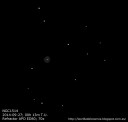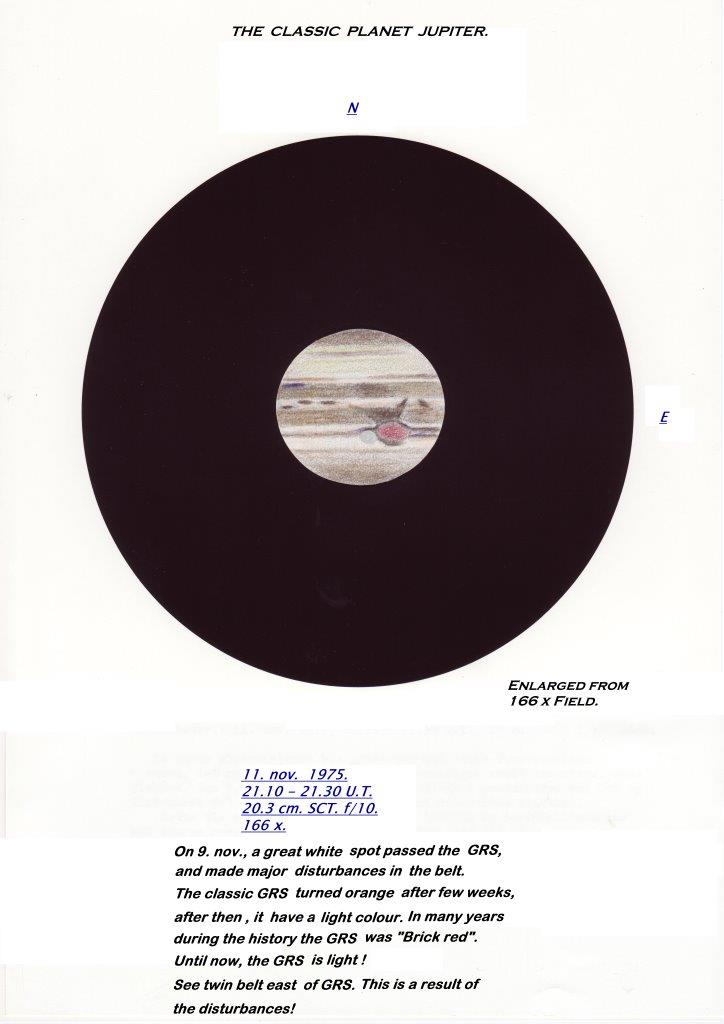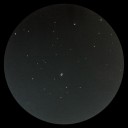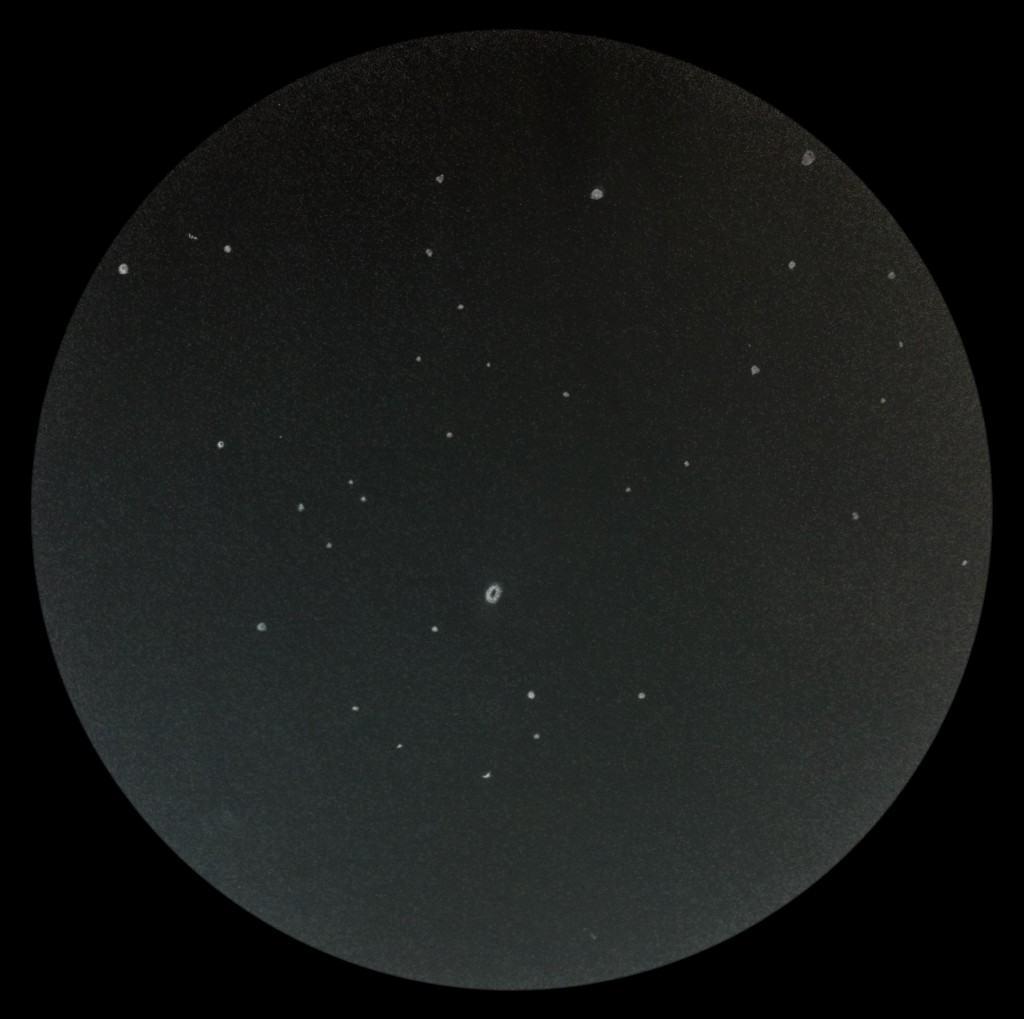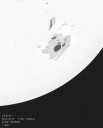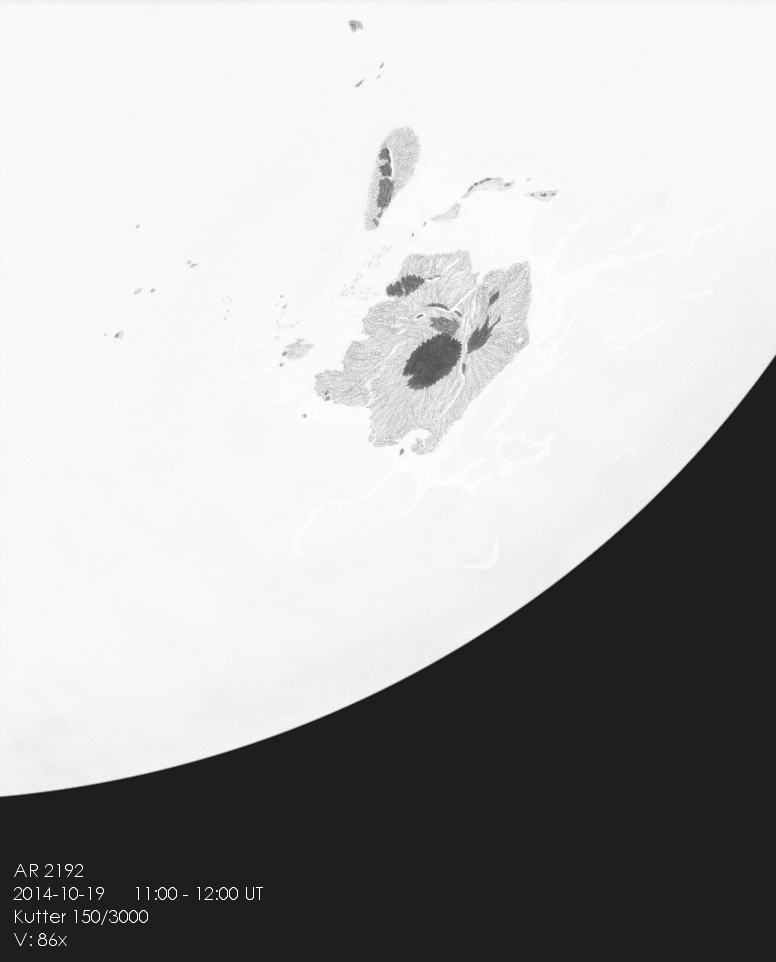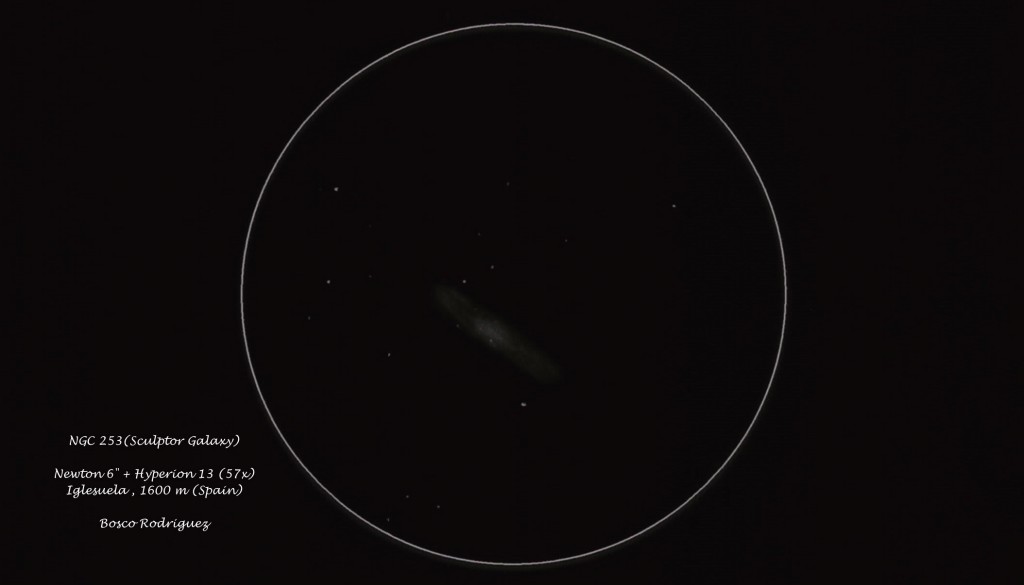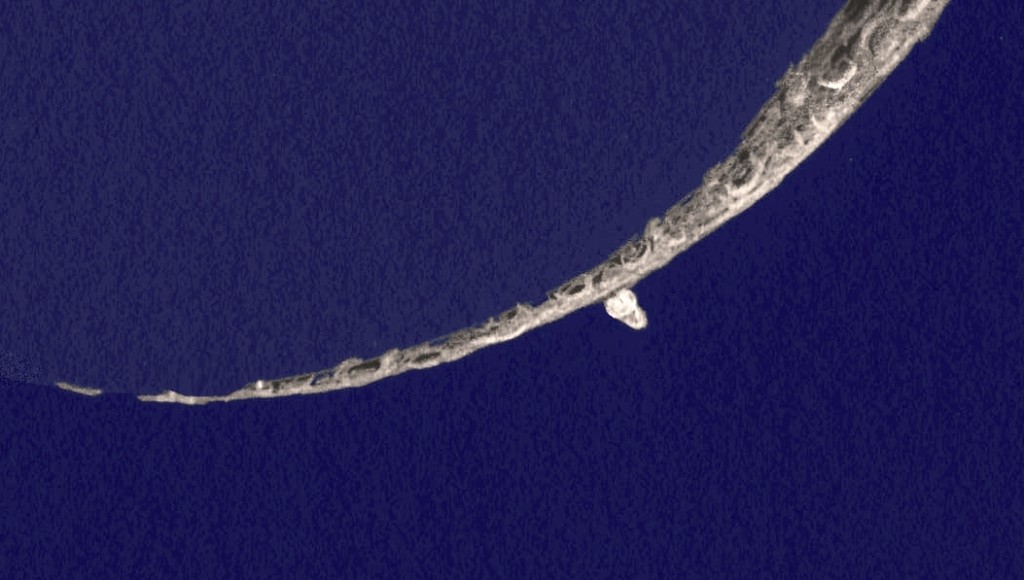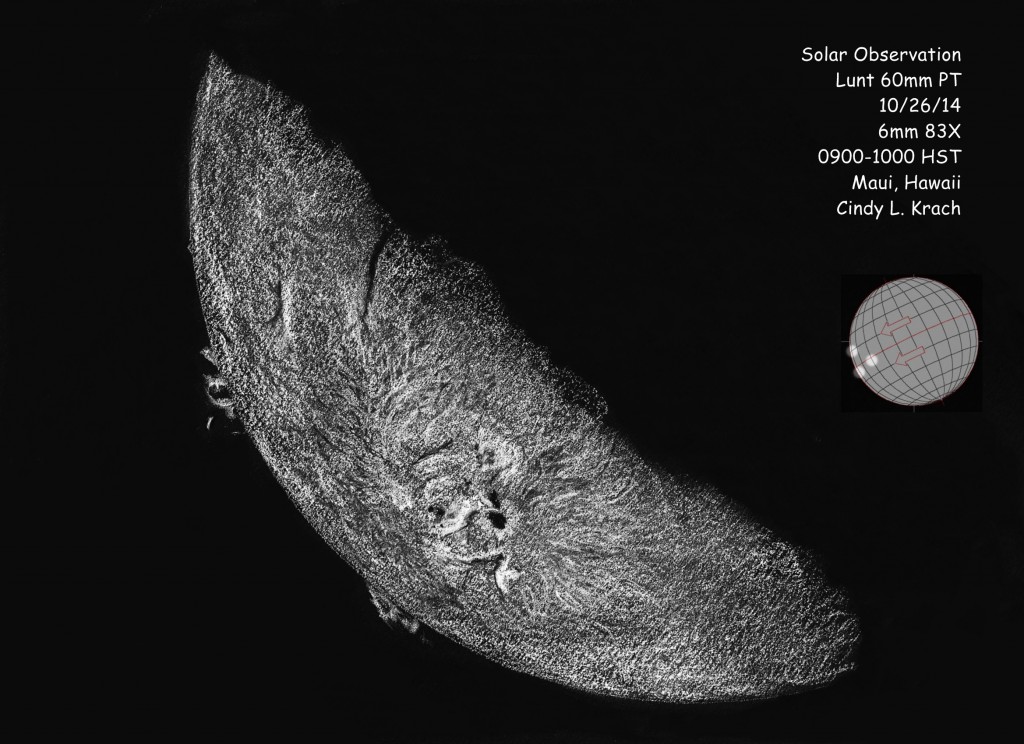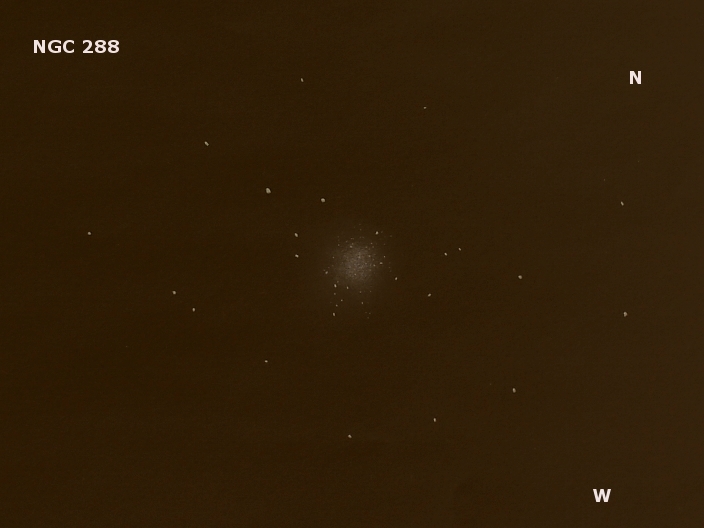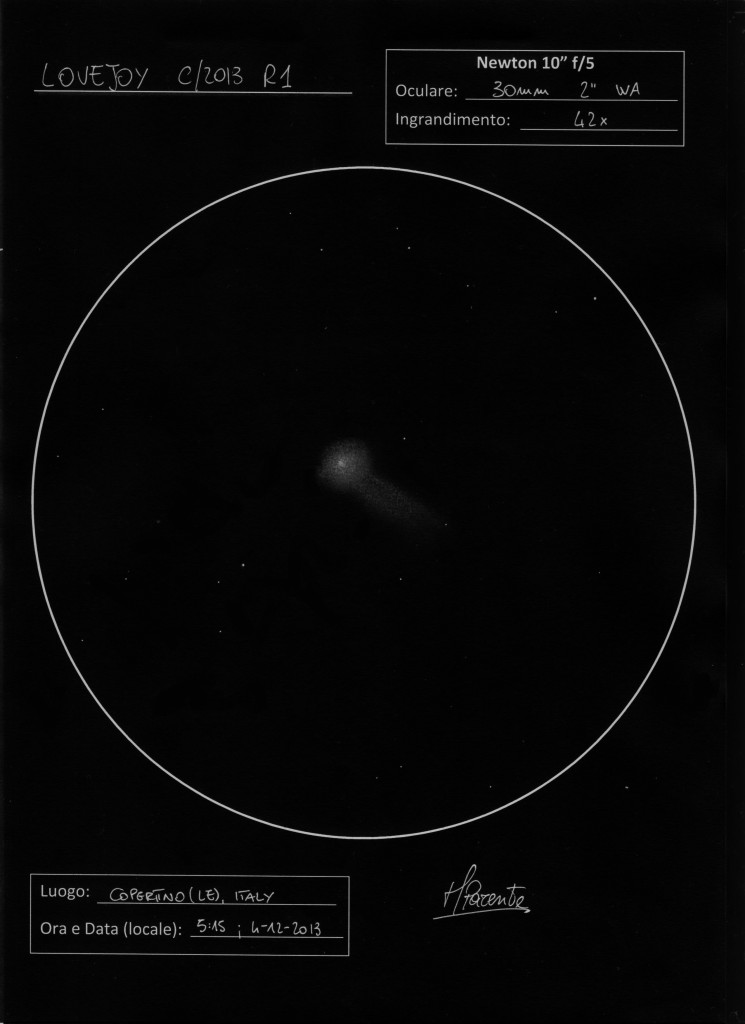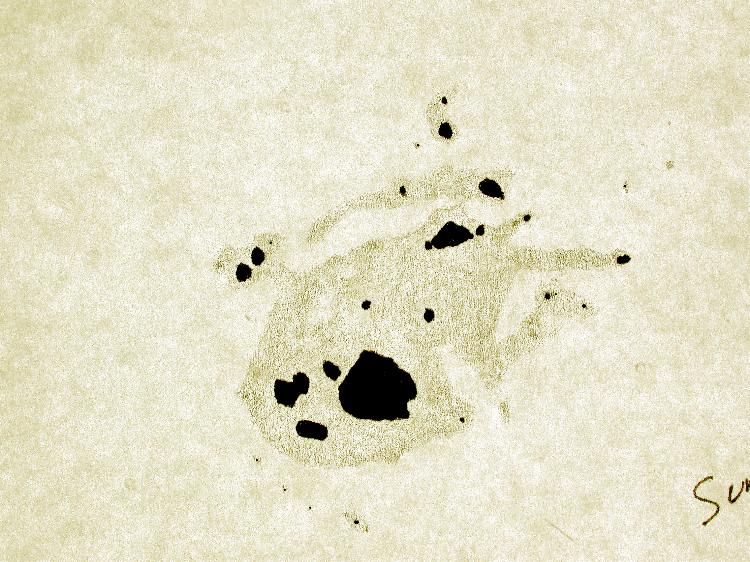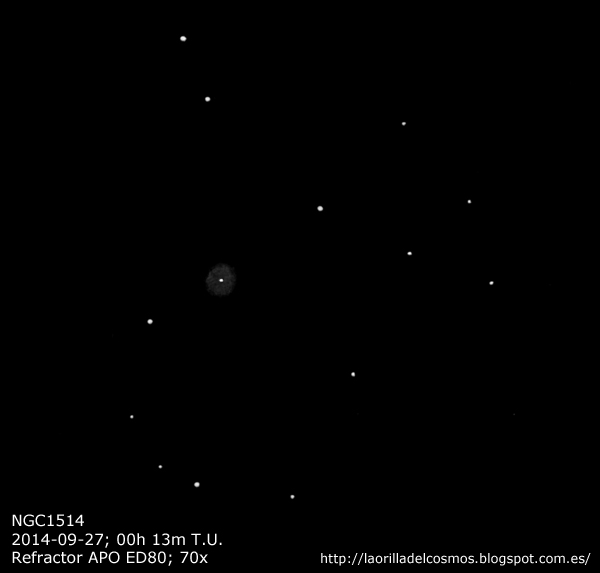
NGC1514 – Crystal Ball Mark Nebula
Object Type: Planetary Nebula
Location: Tarragona – Spain
NGC1514 is a very peculiar planetary nebula. We can see the central star, which is actually a double, shining at magnitude 9.4, while the nebula is somewhat difficult to observe. The UHC filter is helpful. Normally when we observe planetary nebulae, nebula appear much better than the central star… when the central star is seen.
For more details of my observation you can visit my blog:
http://www.laorilladelcosmos.blogspot.com.es/2014/10/ngc1514-nebulosa-planetaria-en-taurus.html
Date and Time: 2014-09-27, 00h 13m UT
Telescope: APO ED80 refractor
Eyepiece: Hyperion 8mm (70x)
White paper, HB2 graphite pencil, and scanned and inverted with Photoshop
Seeing: 4/5 (5 the best)
Transparency: Clear. Some clouds on the horizon. Rural Skies.
Location Constellation: Taurus
Position: R.A. 04h 09,6m
Dec. +30° 46,5′
Best regards.
Oscar
